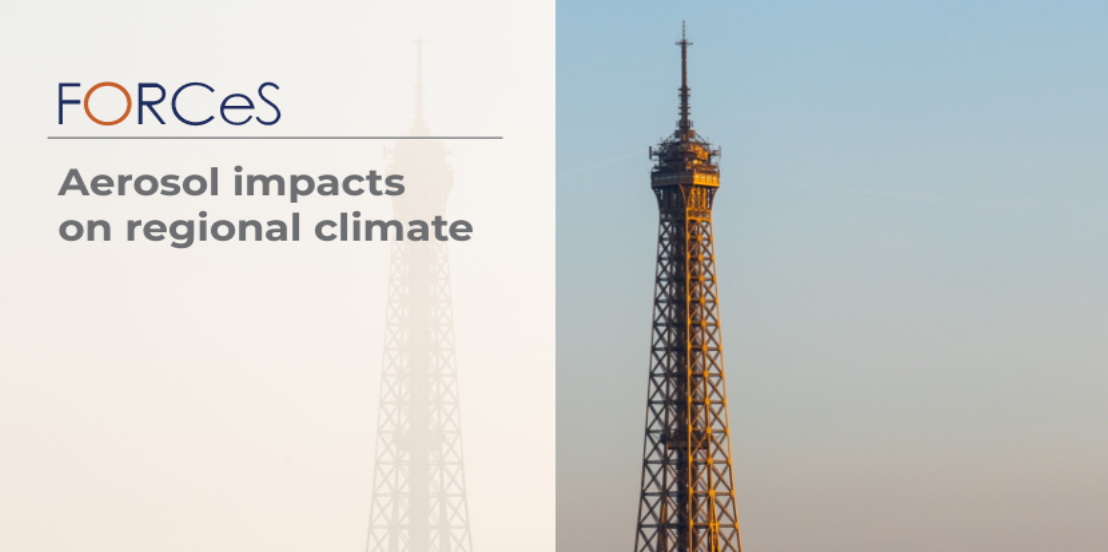Published just a few days ago, this policy brief discusses the significant role that aerosols play in the Earth’s climate and air quality. It addresses the questions of the role that natural and anthropogenic aerosol emissions played in regional climate over past and upcoming decades, as well as what is needed to improve the understanding of atmospheric aerosols for a better representation of future changes.
In summarizing the scientific background of the policy brief, aerosols impact climate by scattering sunlight, forming clouds, and affecting the radiation balance. They generally have a cooling effect globally, but can vary regionally because of different emission patterns. Recent trends show declining anthropogenic aerosol influence in some regions, impacting the Earth’s energy budget and temperature. Future aerosol emissions will continue to affect regional climates, potentially revealing hidden warming in areas where emissions decrease. However, there are still uncertainties regarding future aerosol emissions’ impact on climate change. To improve understanding, there is a need for enhanced monitoring, modelling, and integration of aerosols into climate models, especially in regions with substantial aerosol changes. Reducing aerosol emissions, coupled with mitigating other warming agents like methane, can neutralize the warming impact and benefit both climate change and health.
Find the policy brief under publications, or click here. If you are curious about FORCeS key messages for policy makers, see below.


